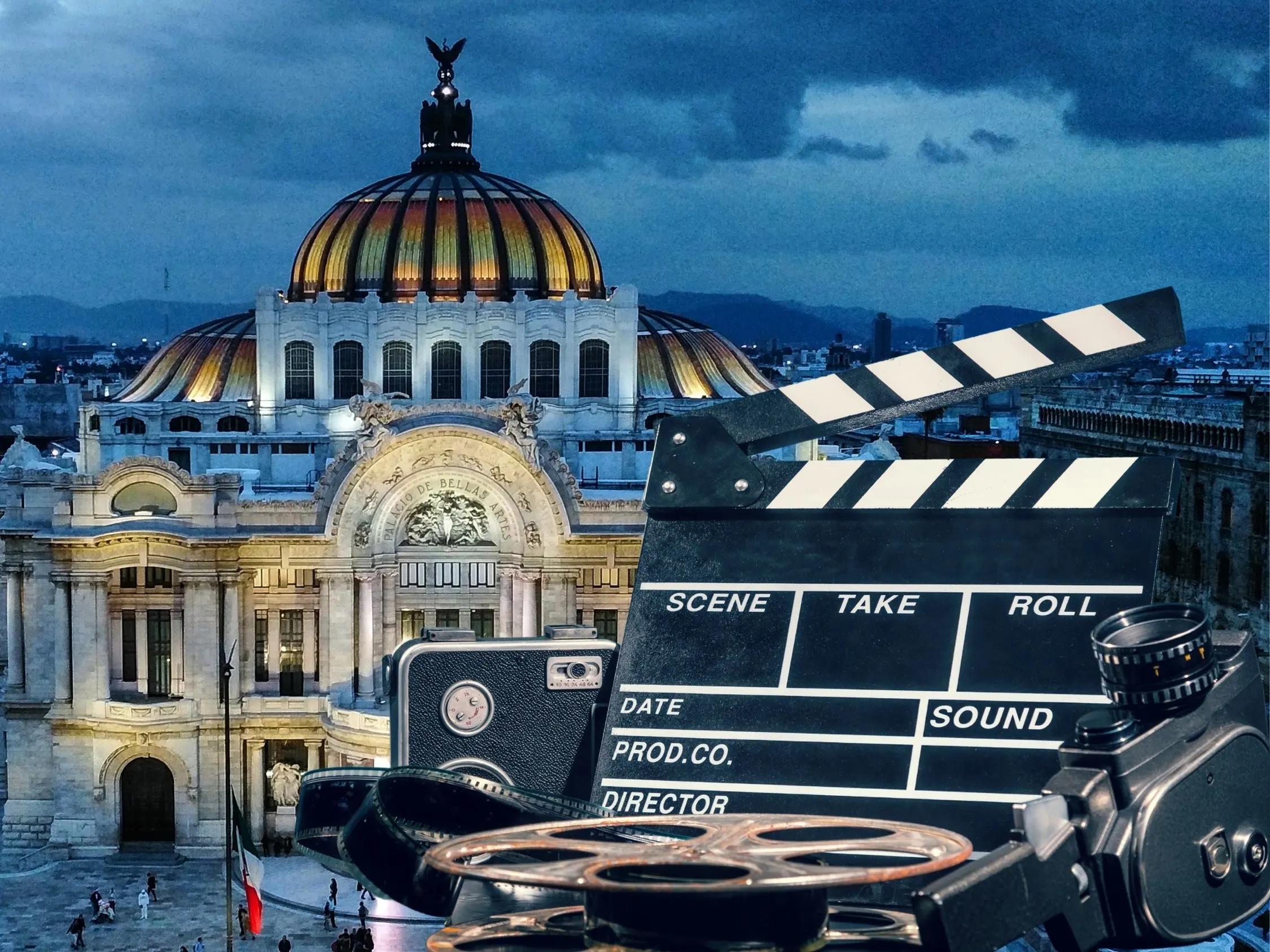Sofia De Vera combines a heartfelt passion for cinema with over 15 years of critiquing for esteemed film publications, wielding academic credentials from the University of Southern California and New York University, to serve as your personal guide through the enchanting worlds of film and television. Her full guest bio can be found here.
There is no doubt that Mexico is home to many talented artists. From this beautiful country, several Oscar nominees and winners have emerged: directors such as Guillermo del Toro, Alfonso Cuarón, and Alejandro Iñárritu are only the tip of the iceberg.
With its wide territory, Mexico is also known for its diversity of landscapes. Vast deserts, magnificent mountains and beaches, and gorgeous cities are some of its highlights and has something to offer for all tastes.
Mexico has a rich history forged by conquers and revolutions. The pre-Columbian times, the Spanish colonization, and the Mexican Revolution have left a map of historical landmarks, as well as a prolific cultural mixture. The native and the European have converged for centuries, and this shows in the country’s language, music, food, and literature. And what better way to get to know this country’s culture than through movies set in Mexico that capture the Mexican essence.


